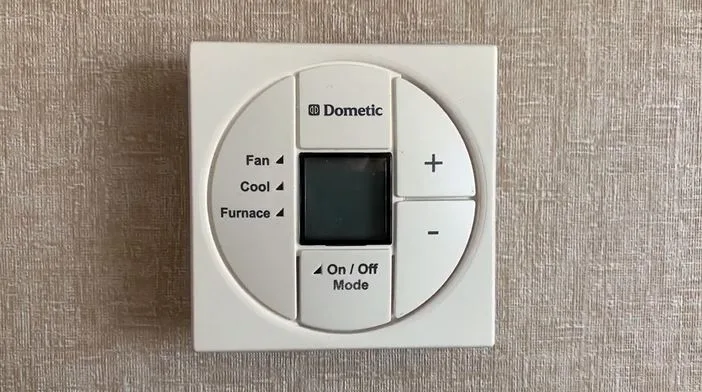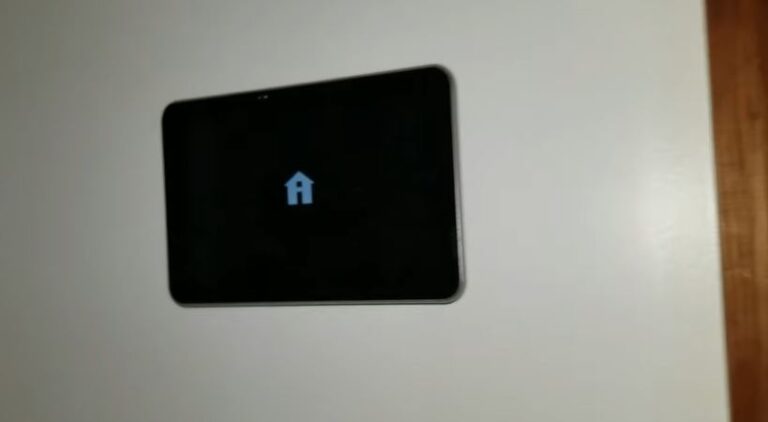What Temperature Should Air Be When Coming Out Of Vents [Heating & Cooling]
Wondering what temperature air should be when coming out of vents? The air coming out of your vents can have a big impact on how your home is heated and cooled.
In general, when heating, the air coming out of vents should be 15 to 20 degrees warmer than the ambient temperatures. On average that makes it 85-90 degrees.
On the other hand, for cooling, the air coming out of vents should be about 15-20 degrees lower than the room temperature.

With that in mind there still could be many other factors that can determine what temperature air should be when coming out of vents.
To properly understand the ideal temperature air should when blowing out of vents, it’s important to know how an HVAC system works.
Read also: AC blowing 70 degree air
How does an HVAC system work?
A furnace and an air conditioner are connected to air supply and return vents. Indoor air enters the HVAC system through the return vents. This air is then either heated during heating or cooled during cooling.
Heating typically happens through a heat exchanger. The air that is drawn into the return vents flows through the heat exchanger where it is heated and then the blower fan forces it into the duct system to reach every corner of a house or building.
In the case of cooling, the air flows over a coil also known as the evaporator where the air loses heat before being forced into the duct system.
The Difference in Temperature between return and supply air( Delta TD)
The difference between the temperature of air entering the return vents and the supply vent can help to determine the efficiency of an HVAC system. This difference in temperature is known as Delta.
Delta is a very important metric in AC diagnostics, monitoring impending equipment failures and monitoring unnecessary usage of energy.
For cooling and cooling, the system is said to be working efficiently when the delta is around 15-20 F.
Here is an example of how to determine the delta of an HVAC system.
ΔT= T1 – T2. where T1 and T2 are temperatures for the return and supply air..
So, for instance, if T1 = 80°F and T2 = 65°F;
ΔT = 80°F – 65°F = 15°F.
Read also: Thermostat set to 74 but reads 78 degree air
Factors that will lower the delta
As stated earlier, delta is a very useful metric in troubleshooting HVAC systems
And typically a lower or high delta value can signify problems with the HVAC system. When the delta is lower than normal range, this can be caused by the following issues
- Dirty air filters
Dirty or clogged air filters generally restrict airflow in the system. When there is restricted air flow to the evaporator coil ( which is mainly caused by clogged air filters) there won’t be sufficient cooling of the air and this can lower the delta.
To fix this problem, take a look at your air filters and replace them if they are clogged or dirty. Replacing dirty filters with clean ones should resolve this problem.
- Low refrigerant levels
The Leaking of the refrigerant in the system can prevent the system from cooling and consequently significantly reduce the delta.
When the delta is less than 10 in any case, it is important to check the pressures on the lines of the system. This will tell whether or not there is a low refrigerant charge on the system.
When there are leaks in the system, first investigate the source of the leaks before attempting to recharge the system to ensure that no more refrigerant leaks out of the system.
How to properly check temperature of air coming out of vents
The best time to check the temperature or air coming out of vents when cooling is when the outdoor temperature is at least 80 degrees.
- Place a thermostat at the supply vent and wait for 5 minutes
- Check the reading on the thermometer and record it.
If you need to determine the delta, repeat the same procedure, taking the second temperature reading at the return vent, then taking the difference between the two.
read also: AC not cooling below 74 degree
What factors determine the temperature of air that comes out of the vents?
In many cases the ambient temperature will greatly affect the air temperature coming out of vents. For example if the ambient is 85 degrees, you should expect at about 65-71 degrees air coming out of the vents. This applies to heating.
HVAC system settings: The settings on the HVAC system, such as the thermostat, can greatly affect the air temperature coming out of the vents. If the thermostat is set to a higher or lower temperature than desired. This will accordingly impact the air temperature coming out of the vents.
Outdoor temperatures: The outdoor temperature can also affect the air temperature coming out of the vents. During hot summer days, for example where ambient temperatures can be 90, the air conditioning system may have to blow out air with a higher temperature, let’s say up to 77 degrees.
Air leaks: Air leaks in the ductwork can allow conditioned air to escape before reaching all corners of a house or building, affecting the air temperature coming out of the vents.
Air filters: Air filters help to keep the HVAC system running efficiently. If the air filters are dirty or clogged, they can restrict airflow, this can either raise the delta or lower the delta.
In many cases a clogged air filter will lower the delta and negatively affect cooling.
Load on the system: The number of people and appliances running in the building can affect the temperature of the air coming out of the vents.
More people means more heat generated, and more electrical appliances means more heat producing. This can generally lower the delta.
Humidity: Humidity can also affect the air temperature coming out of the vents. High humidity can make it feel warmer indoors, even if the thermostat is set to a lower temperature.
Sun exposure: The amount of sun exposure a room or area gets during the day can also affect the air temperature coming out of the vents.
Rooms or areas that get a lot of sun exposure may feel warmer, while those that get less sun exposure may feel cooler.
Read also: car AC blowing 50 degree air
AC Vent Temperature Chart
Here is an overview of what temperature air should be at the supply event depending on the ambient temperature.
| Room temperature ( °F) | Expected output temperature ( °F) |
| 68 | 48-54 |
| 70 | 50-56 |
| 72 | 52-58 |
| 74 | 54-60 |
| 76 | 56-62 |
| 78 | 58-64 |
| 80 | 60-66 |
| 82 | 62-68 |
| 84 | 64-70 |
| 86 | 66-72 |
| 88 | 68-74 |
| 90 | 70-76 |
FAQ
What temperature should I set my thermostat at to be comfortable?
The government (energy.gov) recommends that the thermostat be set to 68 Degrees during the heating season and 78 F during the cooling season to conserve energy.
But comfort differs from person to person and so generally you can set your thermostat to suit your comfort. Most programmable thermostats can be set to automatically adjust temperatures for you depending on the time of the day, when you are home or away and so much more.
Final Thoughts
In summary, there are a few factors that can determine what temperature air should be when coming out of vents but typically the 15F to 20 F difference from the ambient temperature can be considered ideal.
In general, a relatively newer HVAC system or one which is well maintained should blow out cooler air when cooling and hotter air when heating.
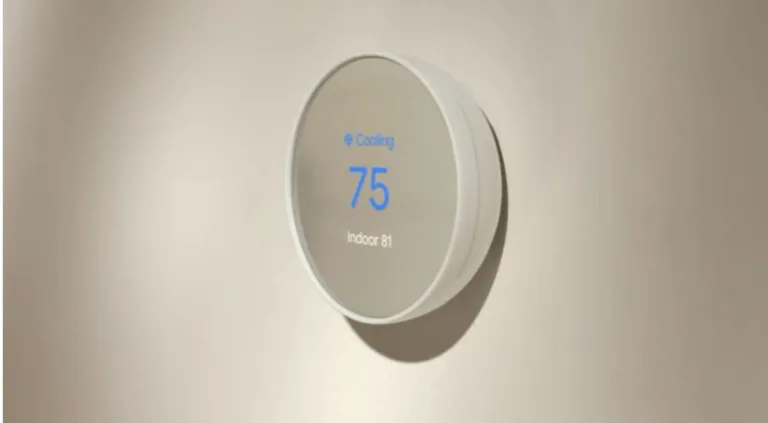
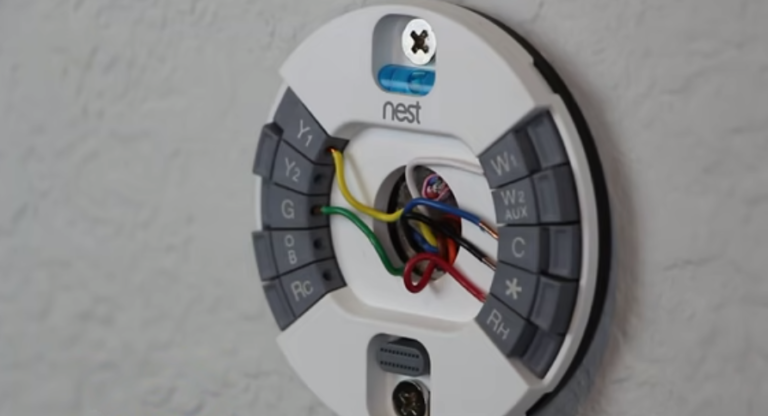
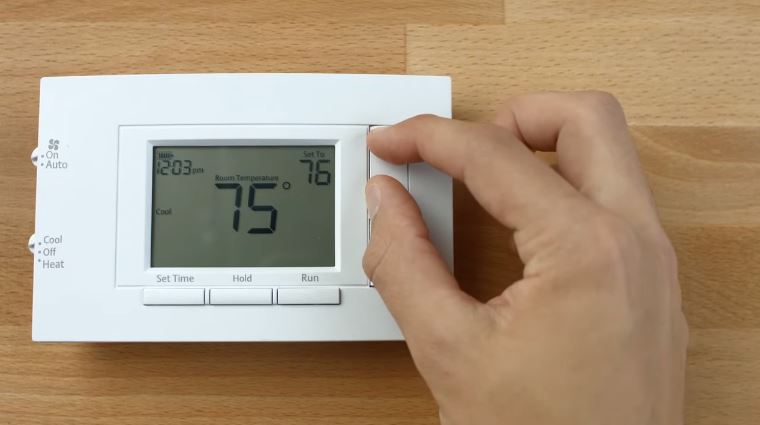
![Bradford White Water Heater Pilot Wont Light [Fixed]](https://thermostating.com/wp-content/uploads/2023/03/gas-control-knob-2-768x434.webp)
